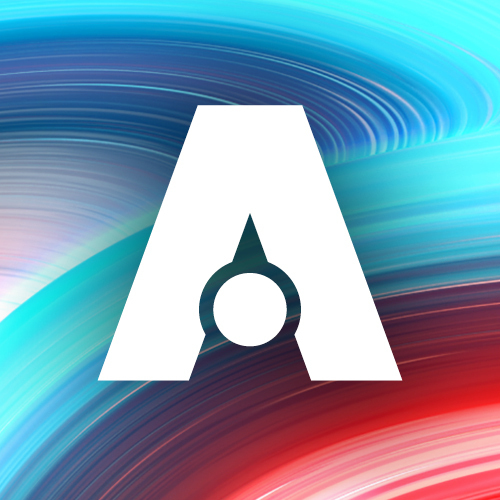
🟢 VOL 2 is LIVE now! > 🔥 VOL 1 sold out!
Revive all the good memories with those epic games!
>> NFT ZenDrop
🔕 No notifications, no noise
🐦 No social media missions
💬 No discord channel
❤️ No financial appeal (emotional appeal)
💰 Honest prices
🤝 Transparency
⛽️ No gas fees (Solana)
🛣 Experiences for NFT holders
💎 For real collectors and fans
📢 Follow us for more news + roadmap
NFT collector routine is crazy (right?) - being aware of all projects, drops, do own research, keep track of dozens of Discord channels and notifications, deal with bots and scams, you know the drill... We want to avoid that, we don't want to be one more reason for your FOMO or your NFT anxiety.

Developer
SNK, Yuki Enterprise (V, V Special)
Publisher
SNK, Sega (VI in U.S.)
Samurai Shodown, known in Japan as Samurai Spirits,[a] is a fighting game series by SNK. The series began in 1993. The stories in the series take place in 18th-century Japan, during the Sakoku or seclusion period of Japan (the first four games run across 1788 and 1789) with great artistic license so that foreign-born characters (including some from places that did not exist as such in 1788) and fictional monsters can also be part of the story. The plot of each game is quite different, but they circle a central group of characters and a region in Japan.
Samurai Shodown consequently portrays snippets of the Japanese culture and language internationally with little edits. For instance, unlike most fighting games made in Japan, the characters in the series (including the announcer) generally speak only in Japanese, with dialects ranging from archaic formalities and theatricalism to modern-day slang, something that has been preserved for overseas releases. Win quotes and other cut scenes provide subtitles in several languages, including but not limited to English, Portuguese, and German. Much of the music includes traditional Japanese instruments (predominately the shakuhachi, shamisen, koto and taiko) and later enka. Several characters are loosely based on real figures from Japanese history.
There are two main artists responsible for the character designs and illustrations. For the early games (Part 1 to 4), the characters are created and illustrated by Eiji Shiroi. His illustrations featured a distinctive, traditional Japanese calligraphy style. While he continues to design for a few of the later games, they are illustrated by another artist named Senri Kita until the fifth title.
The Samurai Shodown games are most famous for their "Rage" (怒) gauge, a meter that only increases as a player receives damage, and which when fully activated has numerous effects depending on game. Earlier games also have a referee in the background, officiating the match.
Samurai Shodown
 Mintedon SolSea
Mintedon SolSeaThis NFT is not listed at the moment!
Royalties on secondary sales: 10 % More from this collection
